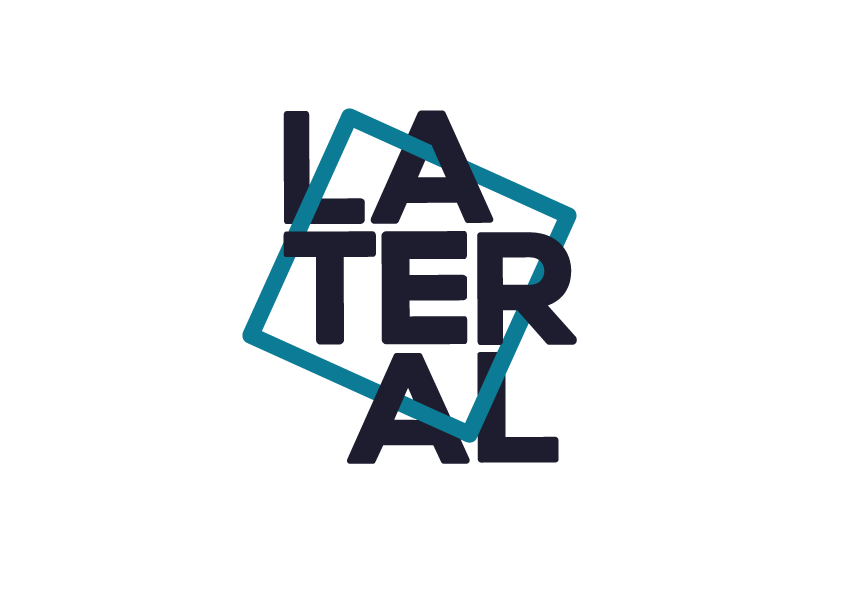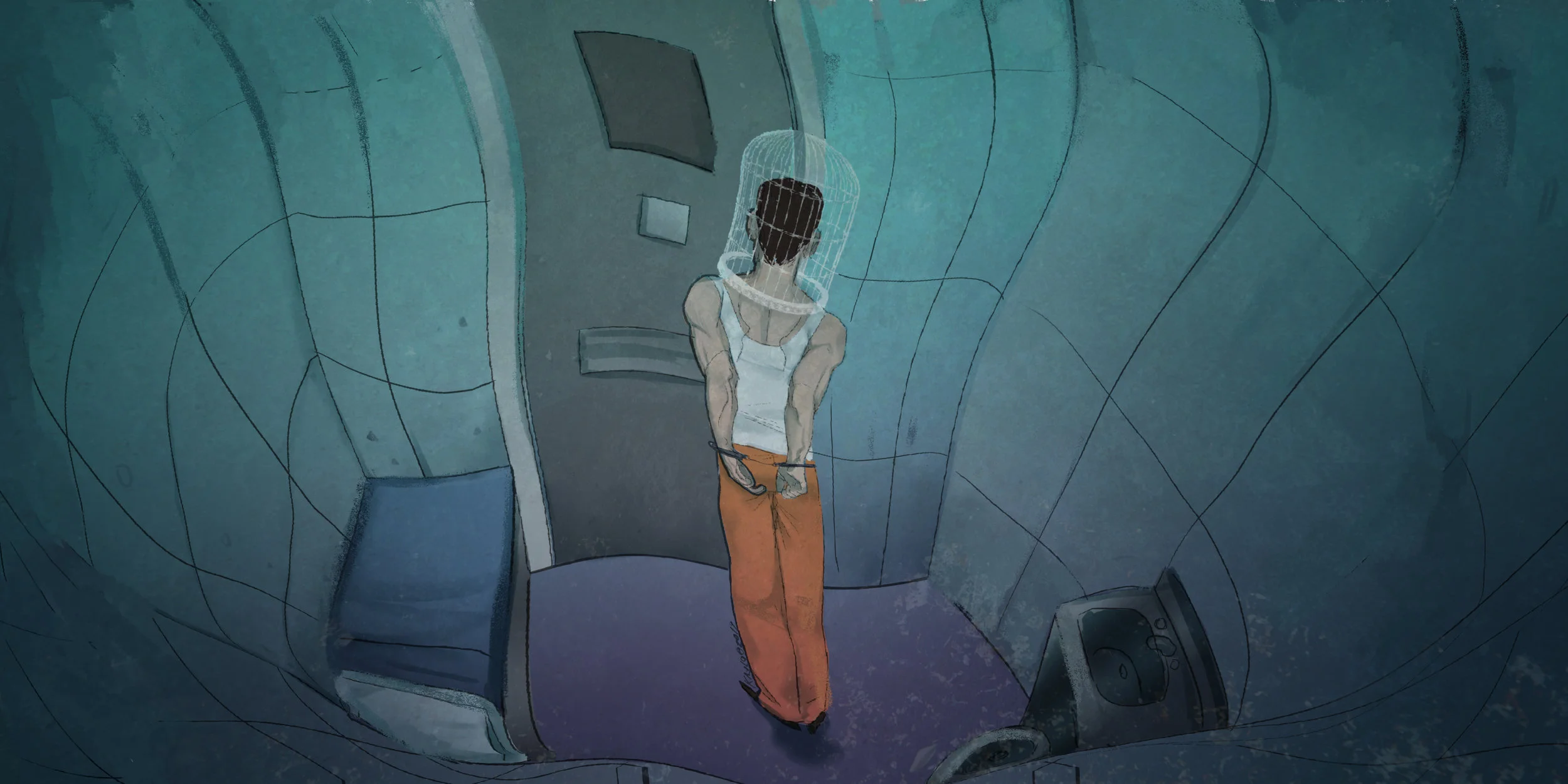January 2016
Issue 6: Data
Science is built on raw information, but these days we seem to be swimming in more of it than we can handle. So let's bring in the New Year with a meditation on data: why we have so many, what we do with them, and why we should be careful with them. Genomes, consensus, privacy, artificial intelligence, hubris and animations — this issue's got it all. Download some Lateral, right into your eyeballs.
Cover illustration by Chehehe.
Editorial
Features
Genome sequencing has come a long way since the Human Genome Project, but has privacy kept pace?
A new approach to artificial intelligence, called deep learning, is drawing insights and identifying patterns in huge numbers of data.
A good dose of skepticism is a healthy thing. But why do some people outright reject scientific consensus on data?
Science and art can work well together, especially through the actions of a talented artist like Lisa Roberts, who blends data with visual media to explore the living world.
articles
Some biologists studying photosynthesis are starting to think the weird world of quantum physics may be needed to understand how this crucial process works.
Where marketers once relied on sales, surveys and focus groups, consumer data can now be analysed through thousands of anonymised inputs. But the influence of data on marketing is still evolving.
The more data the better, right? As medical researchers and practitioners seize on the benefits of precision medicine, we risk drowning in our own data.
Two spectacular fossil finds announced in the last year show us evolution in action.
The relationship between ancient theatre and video games is stronger than you may think — technology has always enhanced our ability to tell stories.
Columns
Although only a minority of people have a genetic variant for the TPMT gene, these patients face a high risk of death if prescribed thiopurine drugs.
Science is important, but when it comes to making decisions, we shouldn't pretend it's the only show in town.










































































Genome sequencing is now a routine part of biological research — but understanding how life works requires more than countless strings of letters.